The tax department has started sending notices to taxpayers asking them to provide documents in support of the transitional credit claims filed by them. The government had constructed a list of top 50,000 taxpayers in terms of the number of claims, for further analysis.
The GST has a provision of input tax credit. The government is also allowing businesses to claim input credit for excise and service tax paid on pre-GST stock that was sold after GST launch. The government, however, did not expect to receive claims worth Rs 1.6 lakh crore from nearly 9.5 lakh businesses, which it received by the deadline of December 27, 2017. According to the government, the “unusually high” refund claim was also a major reason for such poor GST collections.
The department has therefore sent an email to all assessees that said, “For verification of the said credit you are, hereby, requested to furnish the copy of Trans-1 return along with stock statement and copies of purchase documents for the said stock.” The trans-1 copies will be used to match the credit that taxpayers have already taken against their stocks as on June 20, 2017.
As a proof to their claims for unutilised credits, taxpayers are required to produce copies of old returns filed under the previous tax regime along with a copy of their Tran-1 return within two days of the notice date. For credit claims against capital goods, taxpayers will have to produce copies of purchase invoice, Trans-1 return and Cenvat credit record for verification.
The high-scale demand for credit claims on pre-GST stock led the government to initiate this investigation in order to find the correctness of these claims. An easier investigation was held in September last year but no desired results were found. Following that, the government decided to perform regular investigations in a phased manner. There are several invalid claims filed by many businesses, all of which need to be filtered out before the government can process the refunds to eligible taxpayers.
Rashmi Deshpande, associate director at Khaitan & Co., said, “Many businesses have claimed credit for services which were explicitly barred by courts and tribunals in the previous regime like catering services. However, taxpayers feel that the legality of such issues could be revisited in the GST regime and have gone ahead with their claims.” For example, many businesses have claimed credit for tax paid on offsite business expenses and employee fares even though these things are not eligible for refunds.
Rajat Mohan, a partner at AMRG & Associates, said, “The verification process would deny claims pertaining to supplies like rent-a-cab, life insurance, health insurance, goods given as gifts to employees, vendors or anyone else, goods given as free samples among others.” In order to find ways to grow revenue collection, tax department needs to take a better look at the technical aspect of the law so that it can deal with fake claims.
The tax department also confirmed that construction companies were previously informed that transitional credit won’t be given for raw material that was already used in an under-construction building before GST was launched. Credits can only be claimed for tax paid on input materials like bricks, cement, etc which were used post-GST. Even after the notice, many builders are found to claim credits on ineligible things.
Recommended: How to choose Best GST E Way Bill Software?


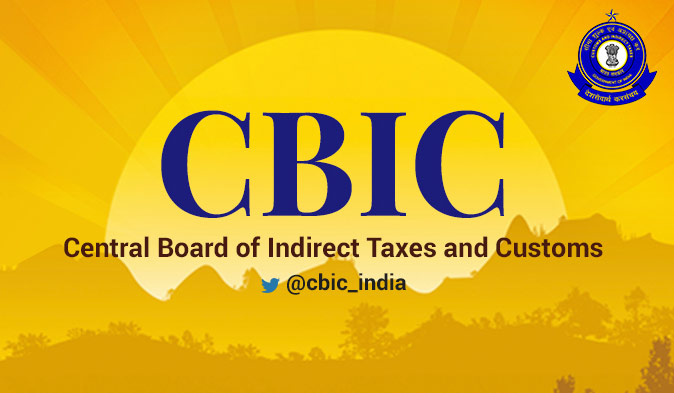


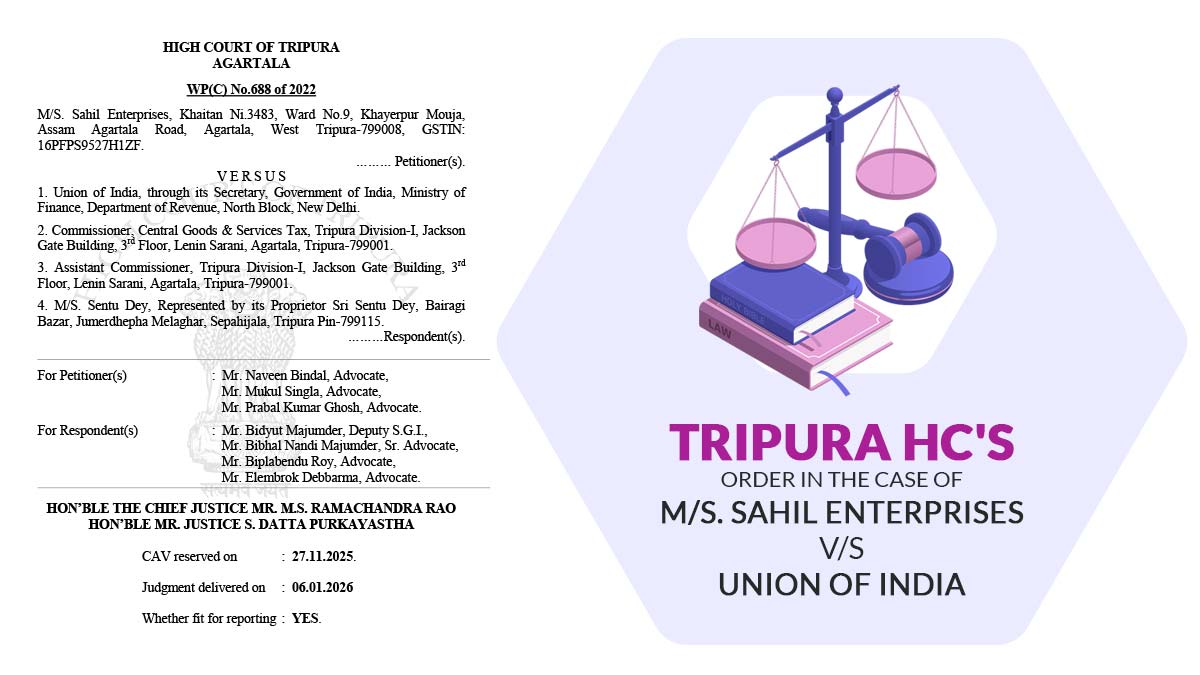
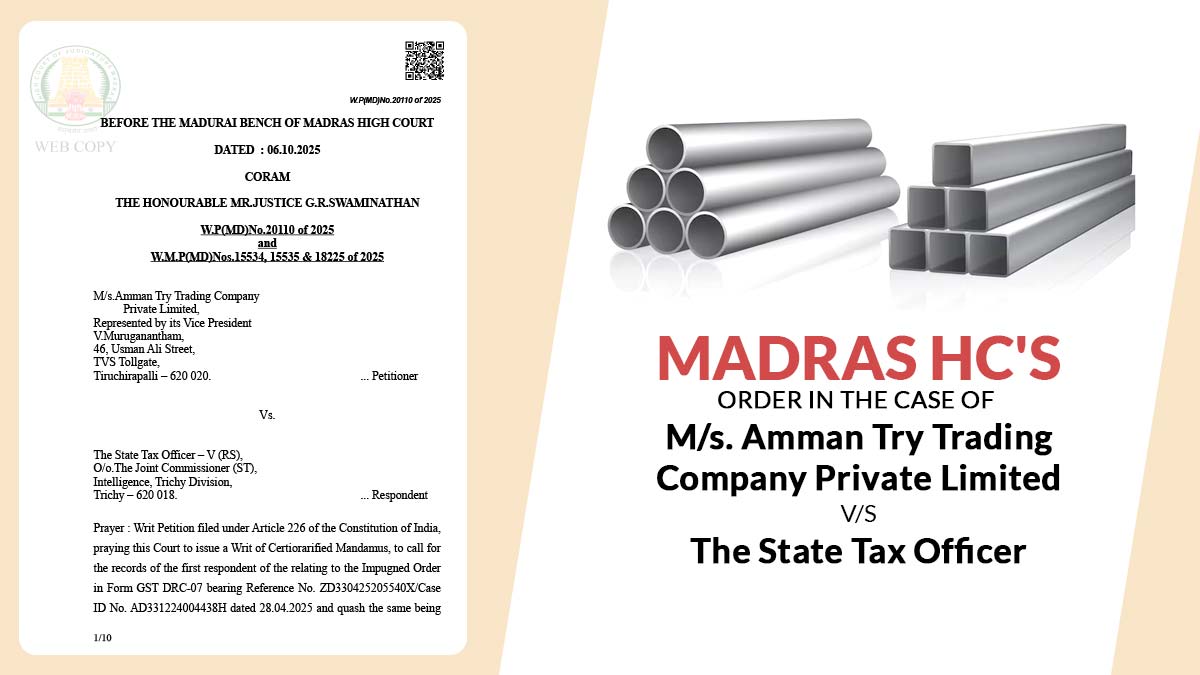
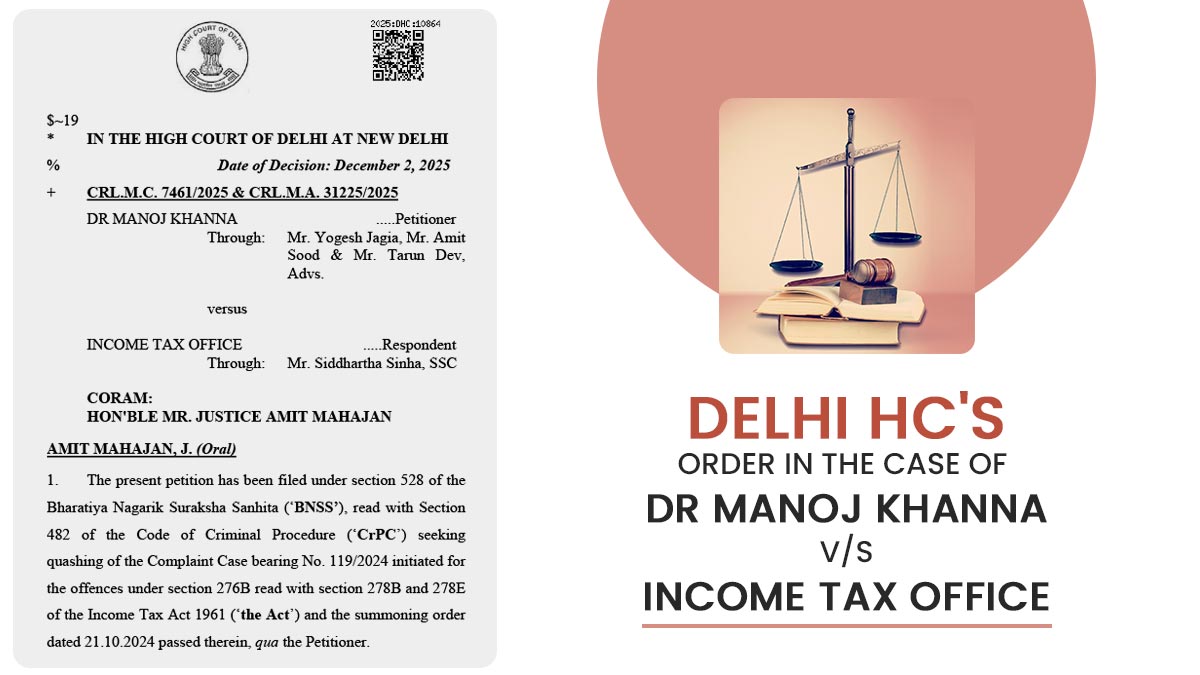
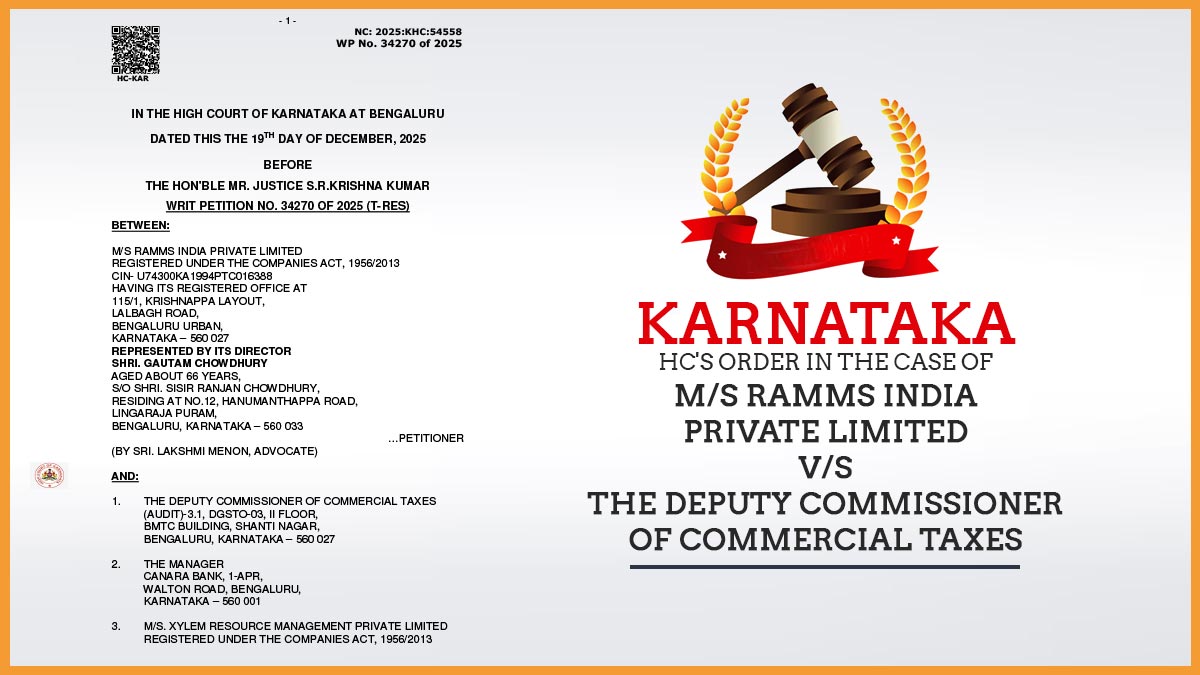


Sir, WHILE FILING TRAN1 I MADE A MISTAKE BY ENTERING AMOUNT IN COL.7(D) WHICH IS NOT CORRECT. AND IWAS NOT CREDITED IN THE LEDGER CORRECT the LAST RETURNAMOUNT MENTIONED IN COL.5(C)WASCREDITED IN THE LEDGER SUBSEQUENTLY I REVERSED THE WRONG AMOUNT IN MAR20193B RETURN NOW THE DEPT. ASKED TO PAY THE WRONG AMOUNT THOUGH IT WAS NOT CREDITED AND UNUTILISED PL.ADVICE
Please contact to GST practitioner
Have we to file annual GST return also? and When
As soon as the dept will release the annual return GSTR-9 utility, you have to file the same. Due date of GSTR-9 as if now is 30/09/2018.